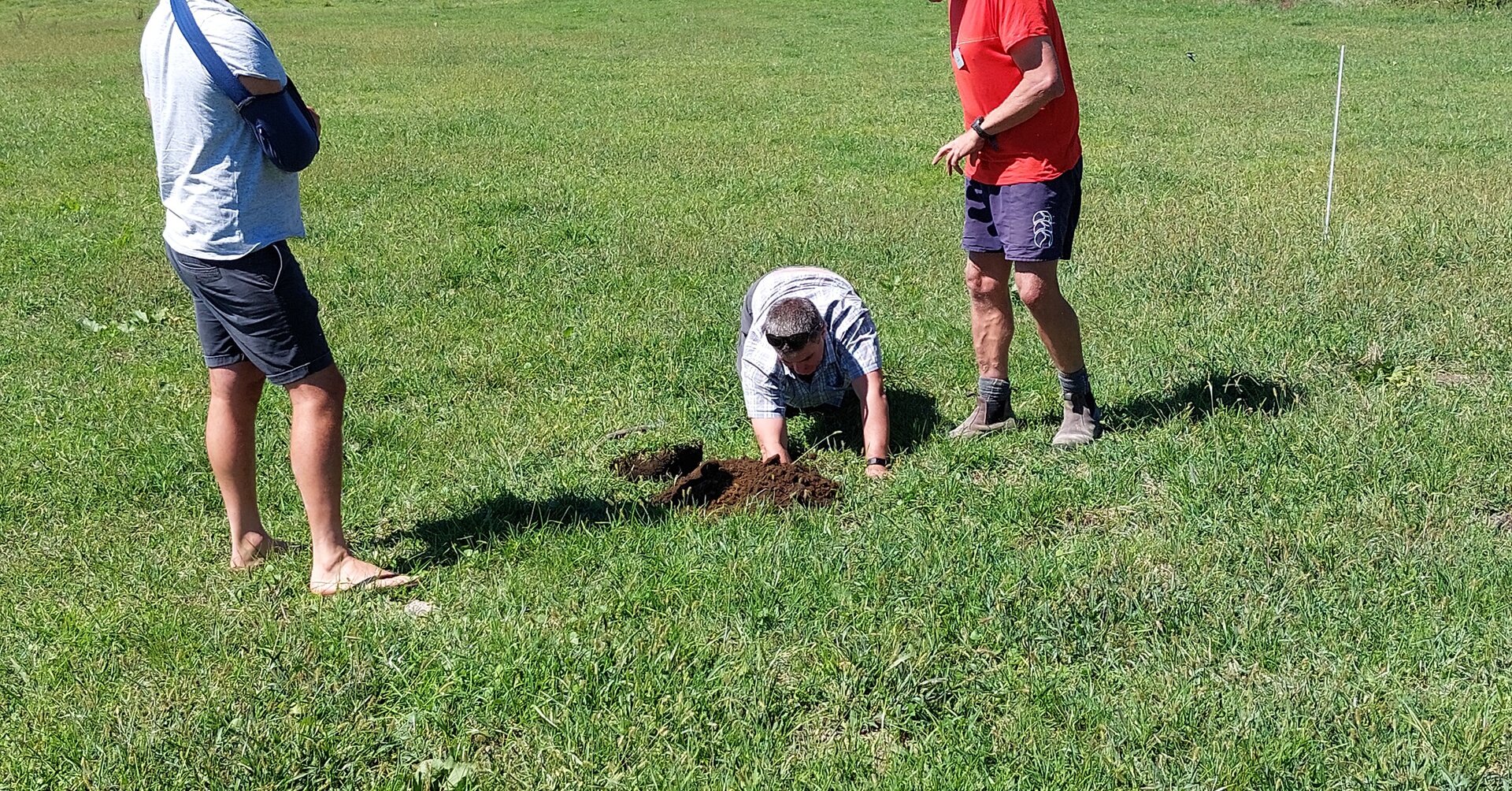Know your soil
Contributor: Andrew Curtis
Understanding and monitoring soil moisture is critical if farmers and growers are to maximise production, reduce water use, and minimise nitrogen losses.
The Bay of Plenty climate experiences more frequent summer rain events than eastern parts of New Zealand. Given this and the droughty nature of the soils, the benefits of investing in an accurate and reliable soil moisture probe along with an automatic rain gauge are quickly realised. The probes and rain gauge are paid for within a couple of seasons through reduced pumping costs and fewer irrigator operating hours.
For example, based on an irrigation cost of $0.05 per m3 (typical cost of a shallow bore or surface take), applying 75 mm less irrigation over an irrigated area of 50 ha, would save $1,875 per season. This would pay for a quality telemetered probe (lifespan 7-10 years) and an automated rain gauge (lifespan 5-years) within two seasons (2-years). The savings are even greater for irrigation from deep bores.
These costs do not include the benefits of improved nutrient management, which could be considerable in these soil types. Over-irrigating will result in leaching nutrients through the profile, either impacting dry matter production or requiring more fertiliser to compensate.
Knowing your soils and monitoring soil moisture over the season is now the minimum practice expectation for all irrigators. Combining this with keeping a careful eye on the weather forecast will ensure you maximise your production while minimising your environmental footprint.
The pumice soils observed on the Wilkins property have very limited water capacity – estimated at approximately (10 mm per 100 mm) or 4-days at peak for pasture based on a 400 mm rooting depth. This means a ‘little and often ‘approach is the best irrigation strategy; applying between 8-10 mm per irrigation event is ideal.
Any system that applies greater than 20 mm per irrigation event on these soils is being inefficient with water use, greatly increasing nutrient leaching, while also paying for unnecessary power or fuel costs.
Low application irrigation systems are a key first step in achieving this. Pivots and fixed grid systems are ideal; k-line and moveable sprinklers can also work but they need to be ‘nozzled-back’ and shifted twice or preferably three times per day. Timers can also be installed to help manage run-times.
If you need a hand with getting your irrigation right, Andrew is available to provide one-on-one independent support for farmers and growers in the Waihī Estuary catchment. He can be contacted on 027 496 6314 or andrew@primaryinsight.co.nz



